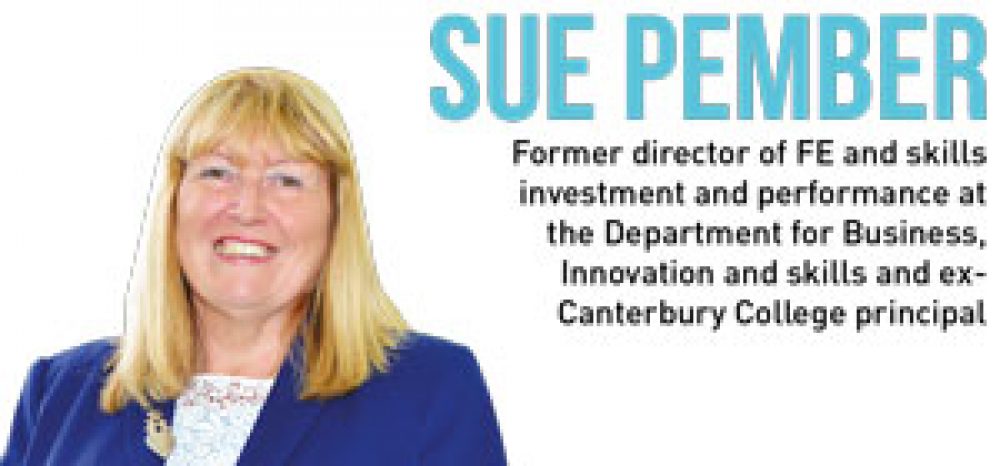Further education leaders hold the key to unlocking technology in the sector, according to the government review of progress a year after the recommendations of the Further Education Learning Technology Action Group. Dr Sue Pember looks at what this means for leaders.
It seems we really are now on the edge of a digital/technological revolution. I know we have said that lots of times, but we are really there.
The government review of progress on the Further Education Learning Technology Action Group recommendations said “it will be the leadership of the sector that will make it happen”.
I would go further — it has to be everyone working together.
It is very positive that government has taken a lead and the work that Jisc, the Education and Training Foundation and Gazelle are doing will ensure the infrastructure will support this development.
The real revolution, however, will come when every college governor, leader, teacher and support worker embraces technology and has their own ambitious action plan.
When I think back to my time as a college lecturer all we had to get excited about was a grant to purchase a CAD machine and whether we could count our students on computer and produce electronic registers within two weeks of term starting.
All that sounds a bit tame now but, the CAD machine did introduce a new ways of thinking about delivery and supported new joint projects with industry in North London.
Now we can do all the things we wished for. The technology is out there and our students know how to use it, so let’s join them and make our college environment, processes, systems, learning content and delivery methods take full advantage.
Leaders do need to take control and have a plan showing how their college is going use technology to improve governance, management processes, teaching and learning, assessment, communication and underpinning systems
We can already do real time online enrolment, set up automatic late comer prompts by text and, instantly converse with our students and staff through Twitter.
We can tell the world about our achievements through blogs and put our best practice on YouTube.
Our teaching staff can supplement their learning materials by picking up the best content from various sources. Why reinvent the wheel when the material is out there?
We can make our subjects come alive. For example, in geography, we can use a host of scientific websites and stream content into the classroom with live shots of volcanoes.
For fashion students, we can download the Paris fashion shows.
And, students following politics, can critique Wednesday PM Questions live. Some primary schools are already there by using quality YouTube material that puts fun into learning times tables.
So leaders do need to take control and have a plan showing how their college is going use technology to improve governance, management processes, teaching and learning, assessment, communication and underpinning systems.
But that is not enough — every member of staff should have their own plan.
Lecturers need to show how they are going to bring online learning into their delivery.
Support staff should indicate what new systems and working practices they intend to adopt, and senior managers need to make room for development, and find the funds.
Governors need to assure plans are met and lead by example through adopting e-governance ways of working.
We need to put programming and coding on the agenda — teach it, learn it and appoint staff who can do it.
And we need to get out there with our students and visit high-tech industry partners — it is so incredible to see how technology is changing the workplace.
But don’t get me wrong, while I really do believe the time is right to create the technological environment with online delivery and content being the norm, nothing can substitute the real learning and intellectual development gained by interacting with gifted teachers and peers.
We might be able to source material and content from the web, but we cannot replace real life interface, connection and enthusiasm for a subject, and that is what the students of the future will come to college for.









Good arguments but FELTAG report was strangled at birth by the BIS response, that basically recommended that it all be done through JISC. JISC was judged to have been inefficient, hence the review and budget cut. It famously regards FE as second fiddle issue to HE. JISC is great for support services but fails on innovation and change – as it gets bogged down on research that goes nowhere. You need new ideas and new blood here, to understand and implement real change management.
Also, by crushing the 10% mandate (now just a recommendation) the leaders do not have a lever to push through change. It’s all very well recommending blogging and so on, but how many people recommending this blog themselves? This is symptomatic of the lack of real expertise in the decision making process. The make up of the committees had some good people on them, but the same old faces pop up time and time again.